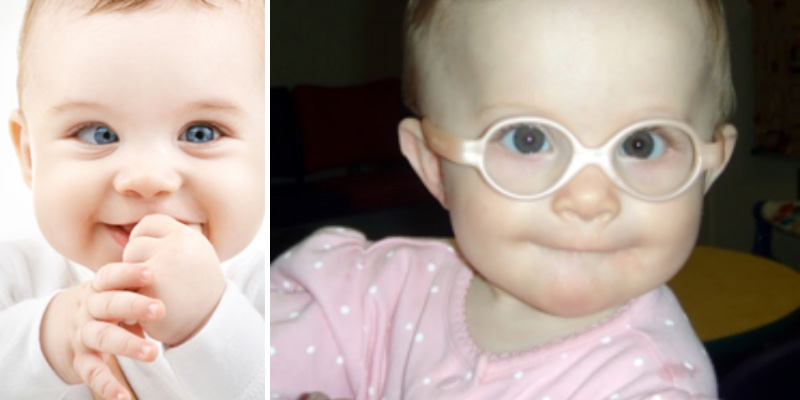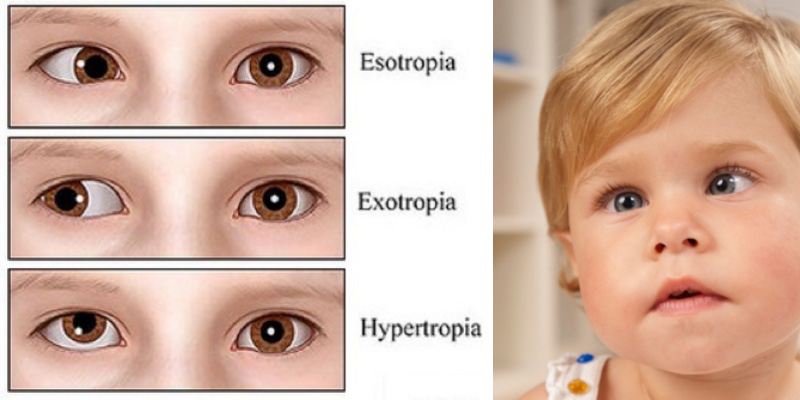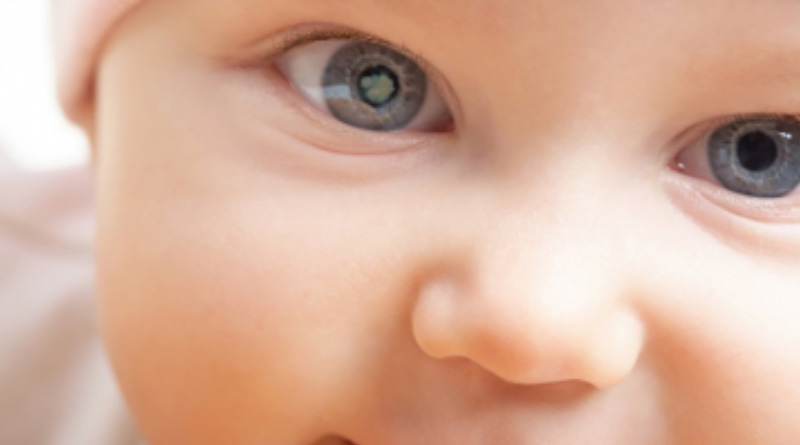Discover Eye Care – Lazy Eye
Amblyopia is a disorder of vision development which is also known as lazy eye. This is when an eye fails to achieve normal visual acuity (VA – commonly refers to the clarity of vision) even with the best possible tested spectacles or contact lenses.
Amblyopia is known to start during early childhood and even infancy of which one eye is normally affected but it can occur in both eyes.
It is important to detect amblyopia as early as possible and start treatment to ensure that reduced vision is avoided. Should it be left without any treatment it can lead to permanent damage such as visual disability or even legal blindness.

Signs and Symptoms:
- Symptoms of amblyopia can be difficult to discern as it is typically a problem of infant vision development
- A common cause of amblyopia is strabismus (squint)
- If a child or infant has crossed eyes or some misalignment, make sure to have an eye examination immediately at any optometrist or ophthalmologist who specializes in children’s vision
When a child cries if you close his/her one eye it can also indicate amblyopia
Causes:
- 3 types of amblyopia based on the underlying cause
- Strabismic amblyopia:
- Most common cause – Strabismus (squint)
- Due to the poorly aligned eyes the brain would ignore the visual input from the misaligned eye to avoid double vision
- This will lead to a “lazy eye”

- Refractive amblyopia:
- Unequal refractive errors in the two eyes despite of perfect aligned eyes
- One eye might have significant farsightedness, nearsightedness or astigmatism
- The other eye might have perfect vision
- The brain normally relies on the eye that has a lower refractive error and therefore “rejects” the other eye which leads to amblyopia because of disuse of the eye
- This is also called anisometropic amblyopia
- Deprivation amblyopia:
- Caused by something which obstructs light from entering and being focused normally in a baby’s eye
- Could be due to a congenital cataract
- This needs prompt treatment to allow normal visual development
Treatment:
- Refractive amblyopia
- Normal vision can be achieved by correcting the refractive error by using glasses or contact lenses
- Patching of the “good” eye is sometimes needed to force the brain to not reject the amblyopic eye and enable normal visual development
- Strabismic amblyopia
- Strabismus surgery to straighten the eyes
- Followed by patching and vision therapy (orthoptics) to help the eyes to work together as a team
- Patching may continue for weeks or even months
- Children’s Eye Care
- Did you know?
- 80% of what we learn is through our eyes
- 10% of children have eye-teaming problems which can make words appear blurred or scrambled
- 1 in 4 children have undetected vision problems
- About 20% of children struggle to read because of vision problems
- 76% of children have not had a comprehensive eye examination by the age of 5 (Should have had 3 by this age)
- Did you know?
- Warning Signs for children
- Sitting too close to the TV or holding a book too close
- Losing place while reading or using a finger to guide the eyes when reading
- Squinting or tilting the head to see better
- Frequent eye rubbing
- Sensitivity to light and/or excessive tearing
- Closing one eye to read, watch TV or see better
- Avoiding activities which require near vision, such as reading or homework, or distance vision, such as participating in sports or other recreational activities
- Complaining of headaches or tired eyes
- Avoiding using a computer, because it “hurts the eyes”
- Receiving lower grades than usual




